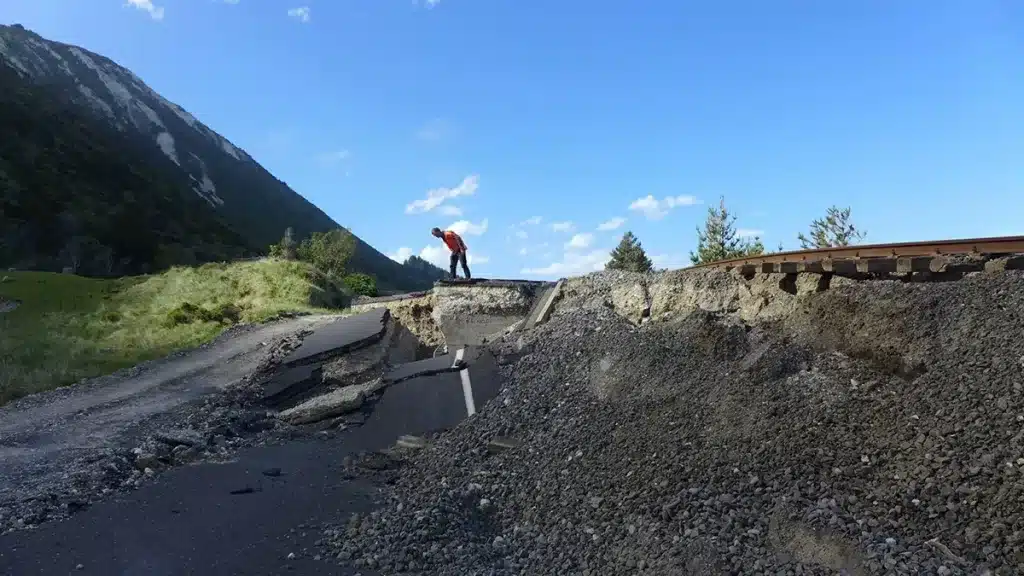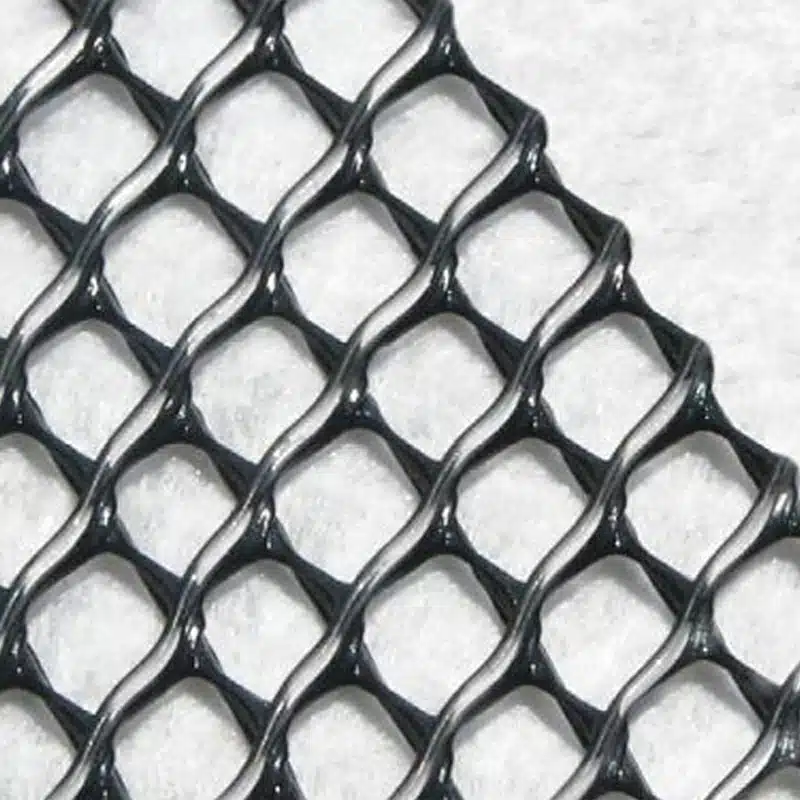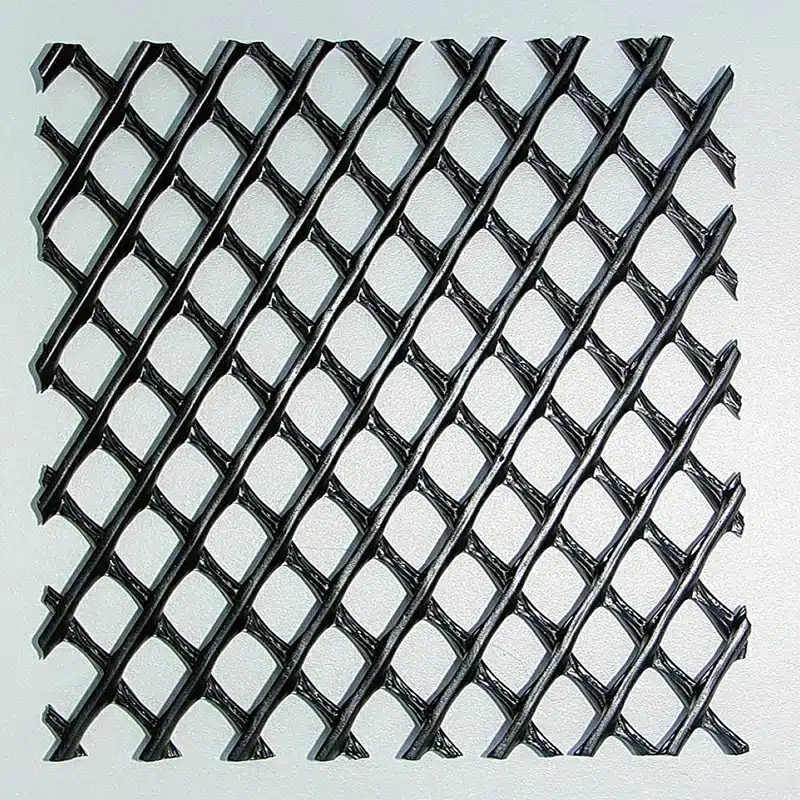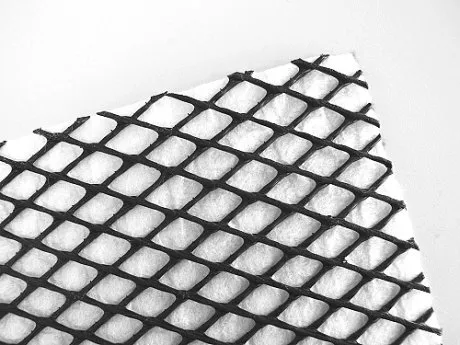+86-159 9860 6917
info@geofantex.com
geofantex@gmail.com
+86-400-8266163-44899
Geonet material plays a crucial role in various construction projects, including road construction. In this article, we delve into what geonet is, how it differs from geotextiles, its thickness, and its applications in road construction.

What is a Geonet?
A geonet, or “geosynthetic net,” is a synthetic material commonly used in civil engineering and construction. It’s primarily composed of high-density polyethylene (HDPE) and features a grid-like structure with interconnected parallel ribs at different angles. Geonets serve to improve the drainage, filtration, and soil reinforcement functions in a variety of applications.
What is the Difference Between Geotextile and Geonet?
Geotextiles and geonets are both geosynthetic materials with distinct roles. Geotextiles, resembling fabric, excel in filtration, separation, and erosion control. Conversely, geonets, characterized by grid-like structures, serve the dual purpose of drainage and reinforcement. The geonet core handles drainage, while nonwoven geotextiles handle filtration, separation, and protection functions. Together, they enhance soil stability and fluid management.
What is the Thickness of the Geonet?
The thickness of geonet material can vary to meet specific project needs, typically measured in millimeters (mm). The choice of thickness depends on factors such as the application, soil type, and project’s load-bearing requirements. Geonets commonly come in thicknesses ranging from 4mm to 8.4mm or more.
What is the Use of Geonet in Road Construction?
GeoNet serves several crucial roles in road construction, including:
- Drainage: Geonets enhance drainage systems by efficiently removing excess water from roadbeds, preventing water-related issues such as erosion and potholes.
- Reinforcement: Geonets bolster the structural integrity of road surfaces, evenly distributing loads across the soil. This reinforcement reduces rutting and prolongs the road’s lifespan.
- Erosion Control: Geonets combat soil erosion along road embankments and slopes, stabilizing the soil and safeguarding it from erosion during heavy rainfall.
- Filtration: Acting as a filtration layer, geonets prevent fine soil particles from clogging drainage systems, ensuring the durability and efficiency of the road’s drainage infrastructure.
In conclusion, geonet material is a versatile geosynthetic product with a wide range of applications in road construction and various other civil engineering projects. Its ability to improve drainage, reinforce soil, and control erosion makes it an indispensable component of modern construction techniques. By understanding its properties and applications, engineers and builders can make informed decisions to enhance the durability and performance of their projects.



Get Free Sample
We’ll respond as soon as possible(within 12 hours)






















